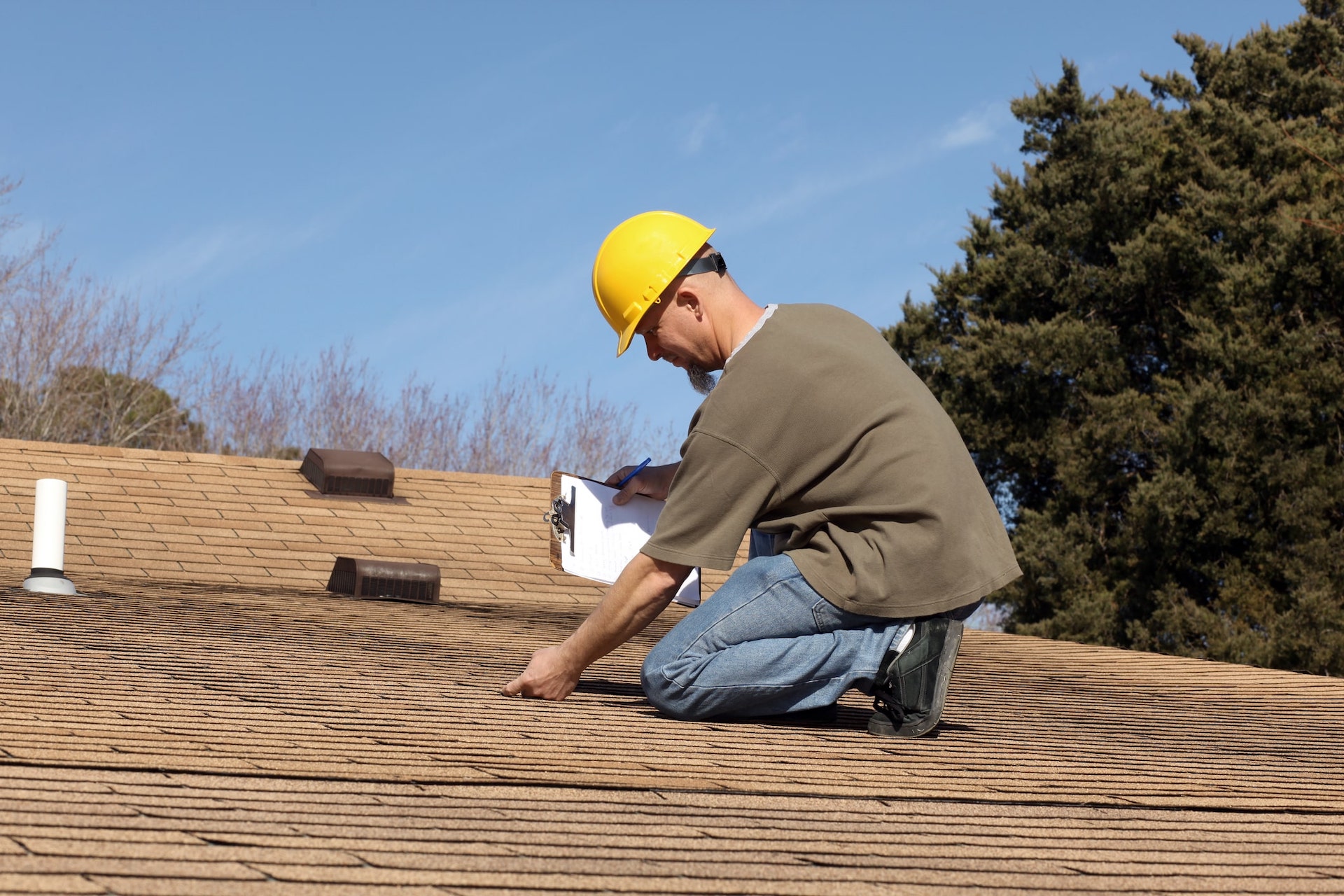When it comes to storm leads, many contractors focus on...
How to Stay Safe While Conducting Roof Inspections After a Natural Disaster
After a natural disaster, conducting roof inspections is a crucial task for contractors and storm lead call centers. However, safety should always be the top priority when working in potentially hazardous conditions. In this blog post, we will discuss essential tips and guidelines to ensure the safety of contractors and call center professionals while conducting roof inspections after a natural disaster. By following these precautions, you can protect yourself and others while efficiently assessing storm-damaged roofs.
- Assess the Overall Safety Conditions: Before conducting any roof inspections, assess the overall safety conditions in the area. Ensure that the site is secure, and any immediate dangers, such as downed power lines or unstable structures, have been addressed by appropriate authorities. Do not proceed with inspections until it is safe to do so.
- Use Proper Personal Protective Equipment (PPE): Always wear appropriate personal protective equipment (PPE) when conducting roof inspections. This includes a hard hat, safety glasses or goggles, gloves, and sturdy footwear with good traction. PPE provides essential protection against potential hazards such as falling debris, sharp objects, and slippery surfaces.
- Use Fall Protection Equipment: Utilize fall protection equipment, such as safety harnesses, when working at heights. Secure the harness to a stable anchor point and ensure it is properly adjusted for a snug fit. Fall protection equipment significantly reduces the risk of accidents and injuries in case of a fall.
- Check Roof Stability: Before stepping onto a roof, assess its stability. Look for signs of structural damage, sagging, or weakened areas. Avoid walking on roofs that appear unstable or compromised. If you are uncertain about the roof's integrity, consult a professional engineer or structural expert before proceeding with the inspection.
- Be Aware of Electrical Hazards: Be cautious of electrical hazards, especially when working in storm-damaged areas. Assume that all power lines are energized and stay clear of them. Avoid contact with any electrical equipment or exposed wiring. If you suspect an electrical hazard, report it to the appropriate authorities.
- Watch for Slip and Trip Hazards: Roofs can be slippery and cluttered with debris after a natural disaster. Exercise caution while walking on the roof to prevent slip and trip hazards. Clear debris as you go and ensure proper footing on stable areas. Use caution around wet surfaces, moss, or algae that may make the roof slippery.
- Work in Teams: Whenever possible, conduct roof inspections in teams of two or more. Working in teams ensures mutual support, allows for immediate assistance in case of emergencies, and enhances overall safety. Communicate regularly with team members to maintain situational awareness and ensure coordinated efforts.
- Stay Updated on Weather Conditions: Keep a close eye on weather conditions while conducting roof inspections. Be aware of any incoming storms, high winds, or adverse weather conditions that may pose additional risks. If the weather deteriorates, prioritize your safety and promptly seek shelter.
Conducting roof inspections after a natural disaster requires careful attention to safety protocols. By following these essential tips, including assessing safety conditions, utilizing proper PPE and fall protection equipment, checking roof stability, being aware of electrical hazards, watching for slip and trip hazards, working in teams, and staying updated on weather conditions, contractors and storm lead call centers can prioritize safety while efficiently assessing storm-damaged roofs. Remember, your safety and well-being are paramount in ensuring a successful and secure roof inspection process.












